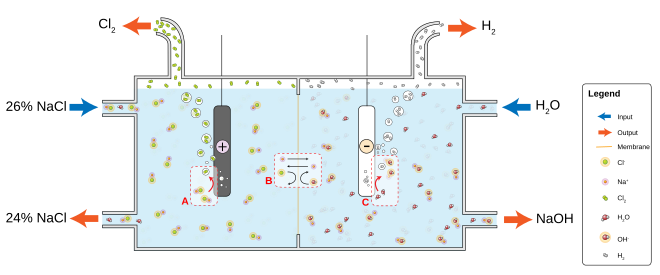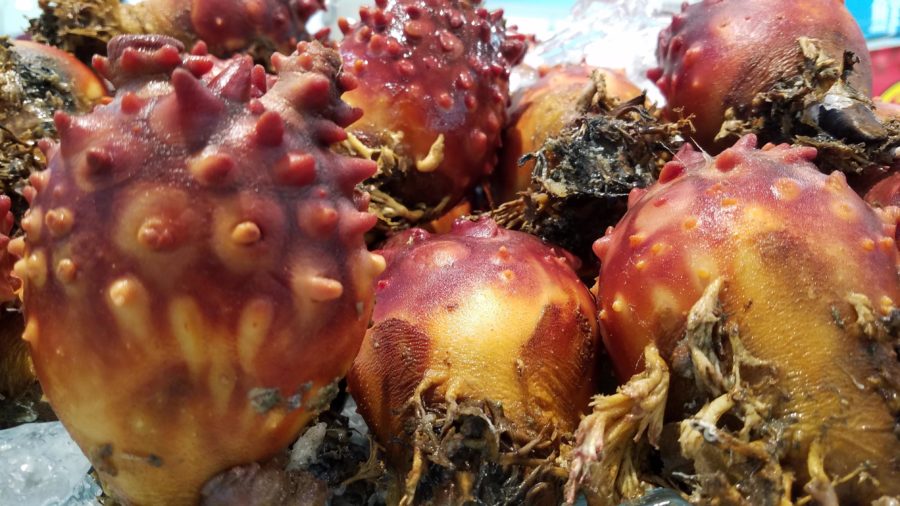Researchers in Tohoku University have found that by utilizing sea pineapple shells and blood waste from the livestock industry, they can boast electrical performance.
These findings may be beneficial when applied to the next-generation energy devices such as fuel cells and metal-air batteries
The following written content has been reviewed by Bethan Davies

Sea pineapples, an edible ascidian, are a Japanese delicacy. The region of Tohoku is well-known for its sea pineapple production—called hoya in Japanese.
Currently, a research team has discovered a new use for the thousands of sea pineapple shells that are thrown away annually.
Guided by Professor Hiroshi Yabu, the team showed that the carbonization of cellulose nanofibers within the shells of sea pineapples creates superior quality carbon that, when blended with blood waste from the livestock sector, boasts electrical performances akin to that of rare metals.
The finding is projected to be applied to advanced energy devices such as metal-air batteries and fuel cells and demonstrates the potential to serve as the electrocatalyst for water electrolysis processes.
The oxygen reduction reaction is vital for energy equipment. The cathode in this equipment often uses iridium oxide and platinum as the electrocatalyst, but these are rare-earth elements, rendering them very costly.

Researchers have investigated substitute carbon sources, but these involve considerable CO2 emissions. Yabu and his team have demonstrated this process can be both metal-free and sustainable.
Livestock blood comprises large quantities of nitrogen, heme iron, and phosphorus. Regardless of this, the livestock sector discards thousands of tons of dry blood waste annually, contaminating lakes, rivers, and water streams.
“In Japan, blood waste has been used as a bleaching agent since ancient times. This is due to the adsorption function of carbon and the catalytic effect of the hereto-elemental components.” Hiroshi Yabu, Study Lead and Professor, Tohoku University

For now, cellulose nanofibers, which are extensively used as support for polymer materials, have extremely crystalline structures that offer them ideal thermal and mechanical properties.
Cellulose nanofibers traditionally are derived from wood biomass, but the researchers pointed out that sea pineapples, together with other sea organisms, display better crystallinity and create extraordinary graphitic structures when exposed to heat at high temperatures.
The blood mass and cellulose nanofibers were blended before being heated. Subsequently, powder-like carbon alloys were acquired and examined.
Details of the study have been reported in the journal Science and Technology of Advanced Materials.
Yabu is certain that the discovery will pave the way to a greener society with better sustainability.
“We could utilize two industrial waste products—ones that have historically been difficult to dispose of— and applied them to produce green hydrogen.” Hiroshi Yabu, Study Lead and Professor, Tohoku University Read more from AZOM





